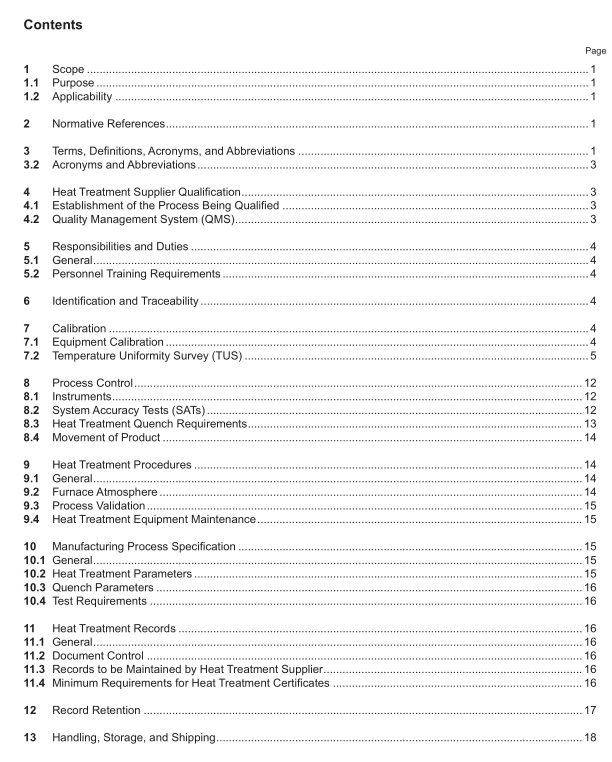API 20N pdf download

API 20N pdf download Heat Treatment Services—Continuous Line for Equipment Used in the Petroleum and Natural Gas Industry
5 Responsibilities and Duties
5.1General
lt is the responsibility of the heat treatment supplier to ensure that it:
a) performs all heat treatment in accordance with specified standards and applicable quality control criteria;
b) performs only heat treatment of which it is adequately equipped and staffed;
c)performs only heat treatment of which its employees are adequately qualified;
d) ensures equipment is calibrated and personnel performing calibration are qualified in accordance with the
requirements of the supplier’s written procedure;
e) ensures facility and equipment is properly maintained;
f)informs the purchaser of any discrepancy or limitation imposed on the requested heat treatment by such
factors as size, traceability, form, shape, material or procedure;
g) calls to the attention of the purchaser any rregularity or deficiency noted in the procurement documents;h)promptly submits formal reports of all heat treatment to the purchaser;
i) informs the purchaser of noncompliance of the specified standards or procurement document requirements.
5.2 Personnel Training Requirements
Personnel performing heat treatment (operators/supervisors) shall be trained and qualified in accordance withrequirements of the heat treatment supplier’s written procedure.Records of training and qualification shall bemaintained.
6 ldentification and Traceability
The heat treatment supplier shall have a documented procedure for control of identification and traceabiliythroughout the process.The procedure shall include, as a minimum:
a) the method for verifying traceability upon receipt of material;
b) the method for ensuring traceability of product after any processing where the original marking could be removed or burned off;
c) requirements for maintenance or replacement of identification or traceability marks;
d) the method used to maintain individual part level traceability if required by specification;
e) the method for final marking of the product, if required by specification.
7 Calibration
7.1 Equipment Calibration
Equipment used to record heat treatment or other equipment necessary to control heat treatment operations shallbe identified, controlled, and calibrated at specified intervals to maintain the accuracy required by this standard.
Calibration shall be performed in accordance with documented instructions, which are consistent wit nationallyor internationally recognized standards specified by the heat treatment supplier.Records shall be maintained.
7.2Temperature Uniformity Survey (TUS)
7.2.1 General
The heat treatment supplier shall document a procedure that confirms TUs compliance to one or more methodslisted below.
There are five acceptable TUS Methods for Continuous Furnaces, as listed below:1) Volumetric method
2)Plane method3)Probe method
4)Mechanical property evaluation
5)Non-contact optical pyrometer method (for induction only)7.2.2 Volumetric Method—Raw Material Processing
Continuous furnaces may be surveyed with TUS sensors that are arranged in a volumetric type fixture, which isconveyed through the furnace. The number and location of TUS sensors is determined by the furnace work zonevolume to measure the entire work zone.
The heat treatment supplier shall establish the boundaries of the work zone in their furnaces. This may excludepreheat zones or furnace entry/furnace exit areas that will not be applicable to the survey.
The arrangement of these volumetric Tus sensors shall be as follows:
a) Eight TUS sensors shall be located at the corners and one shall be in the center. If the work zone is a
cylindrical shape, three sensors shall be located on each end,120 degrees apart.One at the center of thecylinder,and the other two distributed to best represent the work zone.The additional sensors required(beyond the minimum nine) in Table 1 shall be located to best represent the work zone.
b) Furnaces that utilize baskets, trays, or pallets to convey product through the furnace, are conducive to this
type of survey.
c)The number of TUS sensors for this method is dependent upon the size of the work zone. See Table 1.









